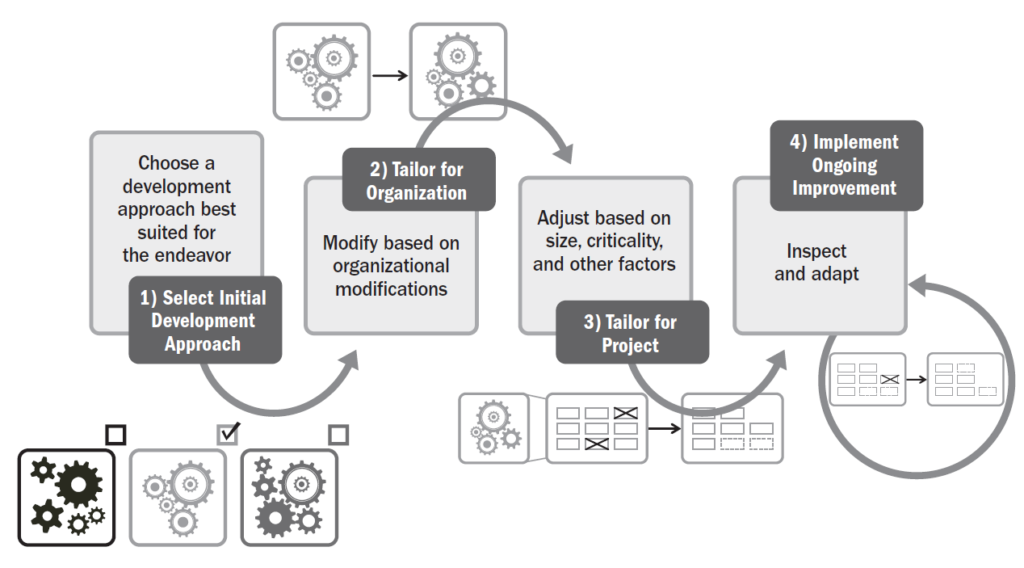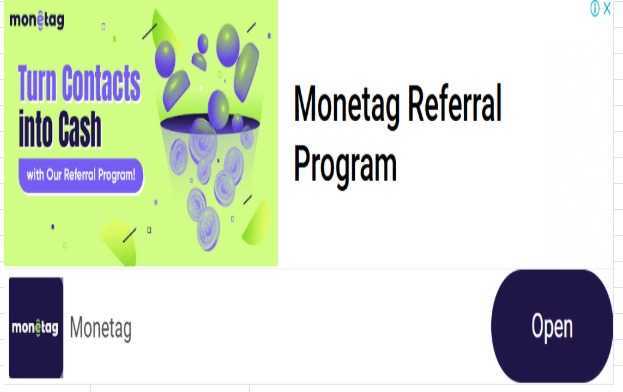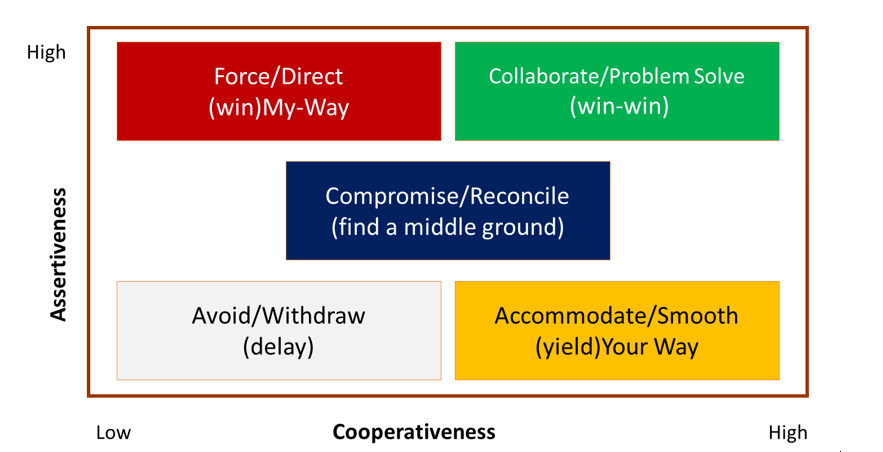Introduction
Conflict is inevitable in project environments. With multiple stakeholders, cross-functional teams, tight deadlines, and resource constraints, even the best-managed projects are not immune to disagreements, misunderstandings, and interpersonal tensions. However, not all conflict is bad. When understood and handled constructively, conflict can spark innovation, uncover hidden issues, and improve team cohesion.
The PMI PMBOK® Guide recognizes that conflict management is a critical skill for project managers. It provides a structured approach to understanding conflict, its sources, and proven methods to manage and resolve it effectively. This blog explores the PMBOK’s view of conflict, the Conflict Resolution Model, and complementary theories and techniques for managing conflict in project teams.
Why Conflict Matters in Project Management
In project management, conflict arises due to:
- Competing priorities
- Ambiguous requirements
- Role confusion
- Cultural differences
- Personality clashes
- Limited resources
- Differing stakeholder interests
Unmanaged conflict can lead to:
- Low team morale
- Poor communication
- Missed deadlines
- Increased risk
- Project failure
On the other hand, properly managed conflict can:
- Improve decision-making
- Encourage diverse perspectives
- Foster team growth
- Clarify roles and expectations
- Enhance creativity and innovation
The PMBOK acknowledges the dual nature of conflict and urges project managers to develop conflict resolution skills as part of interpersonal and team leadership.
The PMBOK View of Conflict
The PMBOK Guide addresses conflict primarily within the Project Resource Management knowledge area, particularly in the Develop Team and Manage Team processes. Conflict management is also relevant to:
- Communication Management (misunderstandings)
- Stakeholder Management (differing needs)
- Risk Management (risk of unresolved disputes)
The guide provides project managers with structured conflict resolution techniques, known as the PMBOK Conflict Resolution Model, which comprises five general techniques for handling conflict.
The PMBOK Conflict Resolution Model
The PMBOK Conflict Resolution Model is built on Thomas-Kilmann’s Conflict Mode Instrument (TKI), a widely accepted framework in conflict management. It identifies five resolution styles:
1. Withdraw/Avoid
Definition: Retreating from conflict or postponing a response.
When to Use:
- When the issue is trivial or not worth the effort.
- When tensions are high and time is needed to cool down.
- When you need more information before addressing the conflict.
Pros:
- Buys time to assess the situation.
- Prevents impulsive decisions.
Cons:
- Conflict may escalate if ignored.
- Can be perceived as passive or indecisive.
PMBOK Insight: Avoidance is not always negative—used strategically, it can create space for rational thinking.
2. Smooth/Accommodate
Definition: Emphasizing areas of agreement rather than differences.
When to Use:
- To maintain harmony and relationships.
- When the issue is more important to the other party.
- For temporary resolution.
Pros:
- Maintains peace.
- Shows flexibility.
Cons:
- May lead to unresolved issues.
- Risk of being seen as submissive.
PMBOK Insight: Accommodation can build goodwill but should not become habitual if the underlying problem persists.
3. Compromise/Reconcile
Definition: Finding a mutually acceptable solution that partially satisfies both parties.
When to Use:
- When a quick resolution is needed.
- When both parties have equal power.
- When there is a temporary solution required.
Pros:
- Encourages collaboration.
- Balances power.
Cons:
- May not resolve root causes.
- Both parties may feel partially dissatisfied.
PMBOK Insight: Often used in project environments to break deadlocks and move forward.
4. Force/Direct
Definition: Pushing one’s viewpoint at the expense of others.
When to Use:
- In emergencies where quick decisions are needed.
- When enforcing rules or policies.
- When the project is at risk.
Pros:
- Ensures swift action.
- Useful in crises.
Cons:
- Damages relationships.
- May cause resentment.
PMBOK Insight: Should be used sparingly and with awareness of potential long-term consequences.
5. Collaborate/Problem Solve
Definition: Working together to find a win-win solution.
When to Use:
- When the issue is complex and important.
- When buy-in and consensus are needed.
- When relationships are important.
Pros:
- Builds trust and commitment.
- Uncovers root issues.
Cons:
- Time-consuming.
- Requires high emotional intelligence.
PMBOK Insight: Most effective conflict resolution strategy when conditions allow for deep engagement.
Sources of Conflict in Projects (As per PMBOK)
According to PMI research, the most common sources of conflict in projects include:
- Schedules
- Project priorities
- Resources
- Technical opinions
- Administrative procedures
- Cost
- Personalities
Understanding the root cause is the first step to effective conflict management. Project managers should use active listening, observation, and team assessments to identify underlying tensions early.
The Role of the Project Manager in Conflict Resolution
The PMBOK emphasizes the project manager’s responsibility in proactively managing conflict. A skilled project manager must:
- Recognize conflict early
- Diagnose the root causes
- Choose appropriate resolution strategies
- Facilitate communication between parties
- Monitor post-resolution impact
Key project management skills needed:
- Emotional Intelligence (EI)
- Negotiation and mediation
- Communication and facilitation
- Cultural awareness and sensitivity
- Empathy and active listening
Project managers must also tailor their approach based on:
- Team dynamics
- Stakeholder influence
- Project phase
- Organizational culture
Conflict Management Techniques in PMBOK Processes
1. Manage Team Process
In the “Manage Team” process, conflict management is a tool for:
- Monitoring performance
- Resolving issues
- Optimizing team functioning
Techniques used:
- Interpersonal and team skills
- Conflict resolution strategies
- Coaching and feedback sessions
2. Develop Team Process
Conflict resolution plays a role in:
- Enhancing team performance
- Encouraging collaboration
- Building trust and openness
Team-building activities can preempt conflict by improving interpersonal relationships.
3. Manage Stakeholder Engagement
Conflicts with or among stakeholders must be addressed promptly:
- Through transparent communication
- By managing expectations
- By facilitating negotiations
Emotional Intelligence and Conflict
Emotional Intelligence (EI) is a foundational skill in conflict resolution. According to Daniel Goleman, EI consists of:
- Self-awareness
- Self-regulation
- Motivation
- Empathy
- Social skills
A project manager with high EI can:
- Stay calm during disputes
- Understand team emotions
- Communicate with tact and clarity
- Resolve conflicts constructively
PMBOK implicitly encourages the use of EI in interpersonal management.
Conflict in Agile and Hybrid Environments
Agile projects, while flexible and adaptive, are not free from conflict. In fact, frequent communication and iterative delivery can bring hidden tensions to light more quickly.
Agile conflict management practices include:
- Daily Stand-ups: Help surface issues early.
- Retrospectives: Provide safe space for feedback.
- Servant Leadership: Facilitates resolution through support.
- Self-organizing teams: Empower individuals to resolve conflict.
Hybrid environments need a blended conflict resolution strategy, combining structure with flexibility.
The Thomas-Kilmann Conflict Mode Instrument (TKI)
The PMBOK model is derived from TKI, which assesses behavior in conflict along two axes:
- Assertiveness: The extent to which you try to satisfy your own concerns.
- Cooperativeness: The extent to which you try to satisfy the other party’s concerns.
The five conflict-handling modes (Avoiding, Accommodating, Compromising, Competing, Collaborating) are plotted on this matrix.
Use Case: Many project managers use TKI assessments in leadership training and team workshops to understand conflict preferences.
Steps for Effective Conflict Resolution
PMBOK does not prescribe fixed steps but encourages a structured approach. Here’s a practical conflict resolution roadmap aligned with PMBOK principles:
- Identify the conflict
Use observation, feedback, or performance metrics. - Diagnose the root cause
Analyze using tools like Fishbone Diagram, 5 Whys, or interviews. - Assess the situation
Consider project phase, severity, relationships involved. - Select a resolution method
Choose the appropriate PMBOK conflict resolution technique. - Facilitate resolution
Encourage open dialogue, document agreements. - Monitor outcome
Ensure that the solution sticks and team morale is restored.
Case Examples of Conflict Resolution in Projects
Example 1: Schedule Conflict
Scenario: Two team leads argue over testing schedules.
Resolution: Project manager uses collaboration to bring both sides together, align priorities, and agree on a shared timeline.
Example 2: Role Conflict
Scenario: Ambiguity in roles causes duplication of efforts.
Resolution: Manager uses compromise, adjusts responsibilities, and updates RACI chart.
Example 3: Personal Conflict
Scenario: Personality clash between team members.
Resolution: Manager initially avoids direct confrontation, conducts one-on-one sessions, then facilitates problem-solving meeting.
Best Practices for Conflict Prevention and Management
- Define clear roles and responsibilities (use RACI)
- Establish team norms and ground rules
- Encourage transparent communication
- Promote diversity and inclusion
- Conduct team-building activities
- Provide conflict management training
- Model positive behavior as a leader
Tools for Conflict Analysis
- Stakeholder Analysis
- Communication Plans
- Team Performance Assessments
- SWOT and Force Field Analysis
- Team charters and working agreements
These tools help project managers identify potential flashpoints before conflicts arise.
Conclusion
Conflict is not a sign of failure—it is a natural and often necessary part of project management. What distinguishes successful project managers is not the absence of conflict, but their ability to handle it wisely and constructively.
The PMI PMBOK Conflict Model provides a clear framework for addressing conflict through five practical resolution strategies—avoidance, accommodation, compromise, competition, and collaboration. By applying these techniques appropriately and cultivating emotional intelligence, project managers can turn conflicts into opportunities for growth, innovation, and stronger teams.
As project environments continue to evolve, especially with global teams and hybrid models, conflict management will remain a vital skill. By mastering the PMBOK conflict model and integrating it with interpersonal skills and modern tools, project managers can ensure smoother workflows, happier teams, and more successful outcomes.



